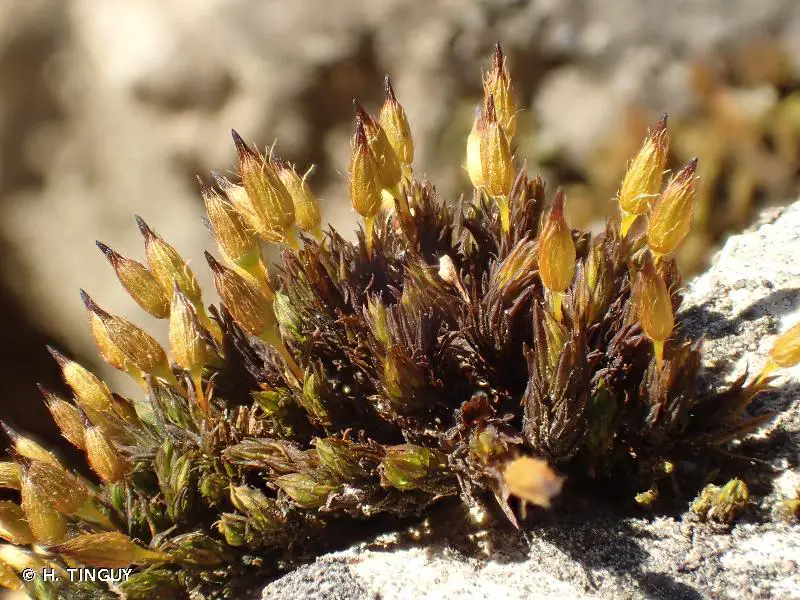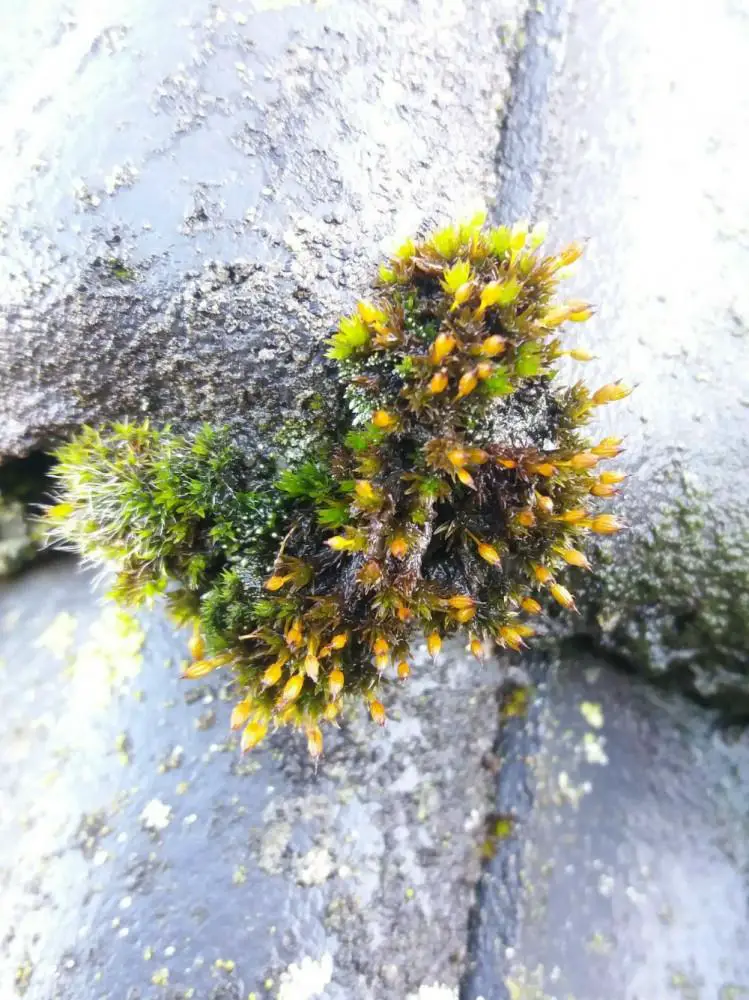Unveiling Orthotrichum Anomalum: A Remarkable Moss in the Realm of Bryophytes
Affiliate Disclaimer: As an affiliate, we may earn a small commission when you make a purchase from any of the links on this page at no additional cost to you!

188530.jpg from: https://inpn.mnhn.fr/espece/cd_nom/5017
Introduction
In the vast and captivating world of bryophytes, the Orthotrichum anomalum Hedw. moss stands out as a remarkable species within the Orthotrichaceae family. This unassuming yet fascinating moss has captured the interest of enthusiasts and researchers alike, offering a unique window into the intricate tapestry of nature’s wonders.
Background
Before delving into the specifics of Orthotrichum anomalum, it’s essential to understand the broader context of bryophytes. These non-vascular plants, which include mosses, liverworts, and hornworts, are often overlooked but play a crucial role in various ecosystems. They are among the oldest land plants, with a rich evolutionary history dating back millions of years.
Main Content
Morphology and Identification
The Orthotrichum anomalum moss is a true marvel of nature, exhibiting distinctive characteristics that set it apart from its bryophyte brethren. This acrocarpous moss boasts a cushion-like growth form, with erect

Orthotrichum_anomalum_005_21-02-2012.jpg from: https://www.naturspaziergang.de/Moose-Flechten/Moose/Orthotrichum_anomalum.htm
stems that can reach heights of up to 2 centimeters. Its leaves are lanceolate

2938247190_0317a5425d_b.jpg from: https://www.flickr.com/photos/12639178@N07/2938247190/
in shape, with a

32716765.jpg from: https://observations.be/photos/32716765/
distinctive midrib that extends beyond the leaf tip, forming a hair-like structure known as the awn.
One of the most remarkable features of Orthotrichum anomalum is its calyptra, a protective cap that covers the developing sporophyte. This calyptra is hairy and mitrate (cone-shaped), adding to the moss’s unique appearance.
Global Distribution and Habitat
Orthotrichum anomalum is widely distributed across various regions of the world, including Europe, Asia, North America, and parts of Africa. It thrives in a diverse range of habitats, from the bark of trees and rocks to man-made structures like walls and roofs.
This moss is particularly well-adapted to life in urban environments, where it can often be found growing on the trunks of street trees or even on concrete surfaces. Its ability to tolerate a wide range of environmental conditions, including pollution and drought, makes it a resilient and versatile species.
Ecological Roles and Adaptations
Despite its diminutive size, Orthotrichum anomalum plays a vital role in various ecosystems. As a pioneer species, it contributes to the colonization of new habitats, paving the way for other organisms to establish themselves.
One of the remarkable adaptations of Orthotrichum anomalum is its ability to withstand desiccation. During periods of drought, the moss can enter a state of dormancy, reviving itself when moisture becomes available again. This trait allows it to thrive in environments where water availability is unpredictable.
Additionally, Orthotrichum anomalum serves as a microhabitat for various invertebrates, providing shelter and food sources for these tiny creatures. Its presence also contributes to the overall biodiversity of an ecosystem, supporting a complex web of interactions between different organisms.
Case Studies/Examples
In urban environments, Orthotrichum anomalum has been observed growing on a wide range of substrates, including tree bark, concrete walls, and even metal surfaces. Its ability to colonize these man-made structures highlights its adaptability and resilience.
One notable example is the presence of Orthotrichum anomalum on the bark of street trees in cities like London and New York. Despite the harsh conditions of urban environments, this moss has managed to establish itself, adding a touch of green to the concrete jungle.
Technical Table
| Characteristic | Description |
|---|---|
| Family | Orthotrichaceae |
| Genus | Orthotrichum |
| Species | anomalum |
| Growth Form | Cushion-like, erect stems |
| Leaf Shape | Lanceolate with awn |
| Calyptra | Hairy, mitrate |
| Distribution | Europe, Asia, North America, Africa |
| Habitat | Tree bark, rocks, walls, roofs |
| Adaptations | Desiccation tolerance, pioneer species |
| Ecological Role | Microhabitat, biodiversity contributor |
Conclusion
The Orthotrichum anomalum Hedw. moss is a true testament to the resilience and adaptability of nature. Despite its unassuming appearance, this remarkable species has carved out a niche for itself in various habitats, thriving in environments that would challenge many other organisms.
As we continue to explore and appreciate the wonders of the natural world, the Orthotrichum anomalum serves as a reminder of the intricate connections that exist within ecosystems and the importance of preserving biodiversity.
Ponder this: In a world where urbanization continues to expand, how can we ensure that species like Orthotrichum anomalum continue to find suitable habitats and contribute to the overall health of our cities?
